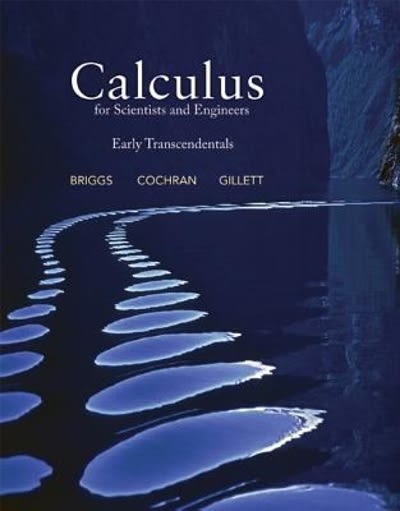Question 17 (1 point) A researcher selects a sample and administers a treatment for anxiety to the individuals in the sample. If the sample is used for a hypothesis test, what does the null hypothesis (Ho) put forth about the treatment? The treatment has no effect on anxiety. The treatment has an effect on anxiety. The treatment multiplies each anxiety score by a constant. O The treatment divides each anxiety score by a constant. Question 18 (1 point) Which of the following accurately describes the critical region? sample means that are very unlikely to be obtained if the null hypothesis is true sample means that are very unlikely to be obtained whether or not the null hypothesis is true sample means that are very likely to be obtained if the null hypothesis is true sample means that are very likely to be obtained whether or not the null hypothesis is true Question 19 (1 point) Which statement below is consistent with making a Type I error? O concluding that a treatment has an effect when it really has no effect O concluding that a treatment has an effect when it really does concluding that a treatment has no effect when it really has no effect O concluding that a treatment has no effect when it really doesQuestion 14 (1 point) A sample obtained from a population with o= 48 has a standard error of JM = 6. How many scores are in the sample? On = 36 On - 12 On = 64 On - 8 Question 15 (1 point) A researcher is forced to collect data from a smaller sample of individuals to test their research hypotheses than originally anticipated. This will have the effect of O reducing the expected value of M. O reducing the expected distance between Mand J. O increasing the expected distance between Mand u. O increasing the expected value of M. Question 16 (1 point) Which of the following accurately describes a hypothesis test? a statistical technique that uses the data from a sample to evaluate a hypothesis about a population O a descriptive technique that allows researchers to describe a sample O)a statistical technique that uses information about a population to evaluate a hypothesis about a sample O a descriptive technique that allows researchers to describe a population








